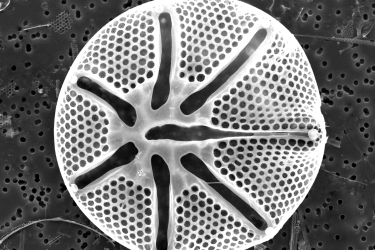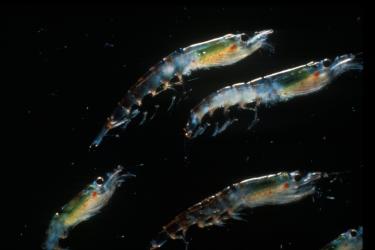2022 was a mix of good and bad ocean conditions for juvenile salmon in the Northern California Current. Basin-scale indices suggested the coolest, most productive year, with the strongest May – Sept negative PDO value in the time series; and almost three consecutive years of equatorial La Niña conditions. However, local physical conditions pointed to poor productivity. These were largely driven by the latest spring transition, and the weakest upwelling at 45°N in the 25-year time series. This was also reflected in the warm local temperatures during the summer on the shelf.
Despite the lackluster upwelling, the northern copepod biomass anomalies and copepod species richness showed signs of cool conditions in the spring and early summer, but the anomalies of northern copepods turned weakly negative by mid-summer, resulting in average biomass anomalies for the May – Sept period. There was moderate upwelling early in the season, from Jan – Mar, that likely drove the early transition of the summer copepod community, and resulted in low species richness. The winter ichthyoplankton indices and juvenile Chinook salmon catches were moderate, and juvenile Coho salmon catches were above average.
While the ocean indicators in 2021 pointed towards greatly improved habitat for juvenile salmon and were a welcomed respite following nearly six years of poor ocean conditions, the mixed signals in 2022 suggest that these improvements may have been short-lived.
Take care and best wishes to you all,
The OEI Team




